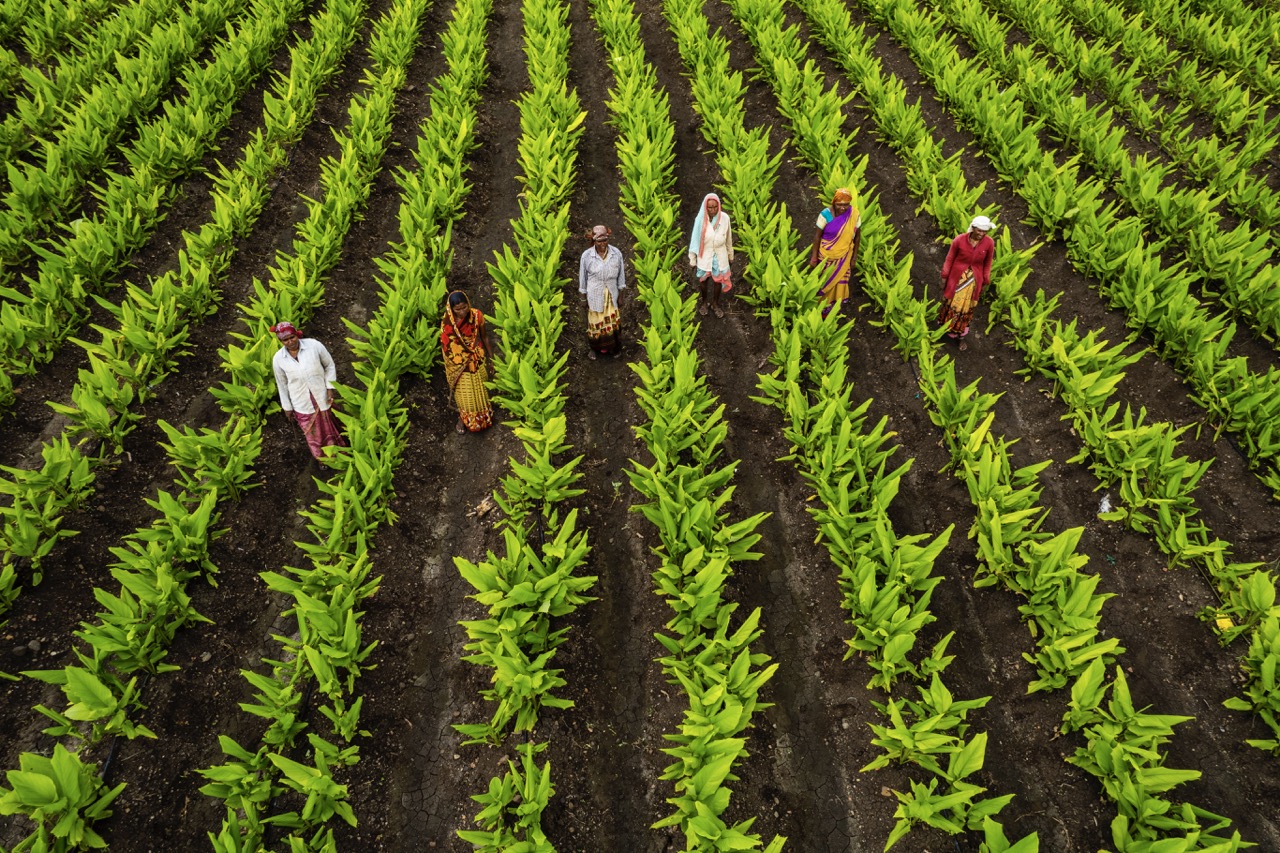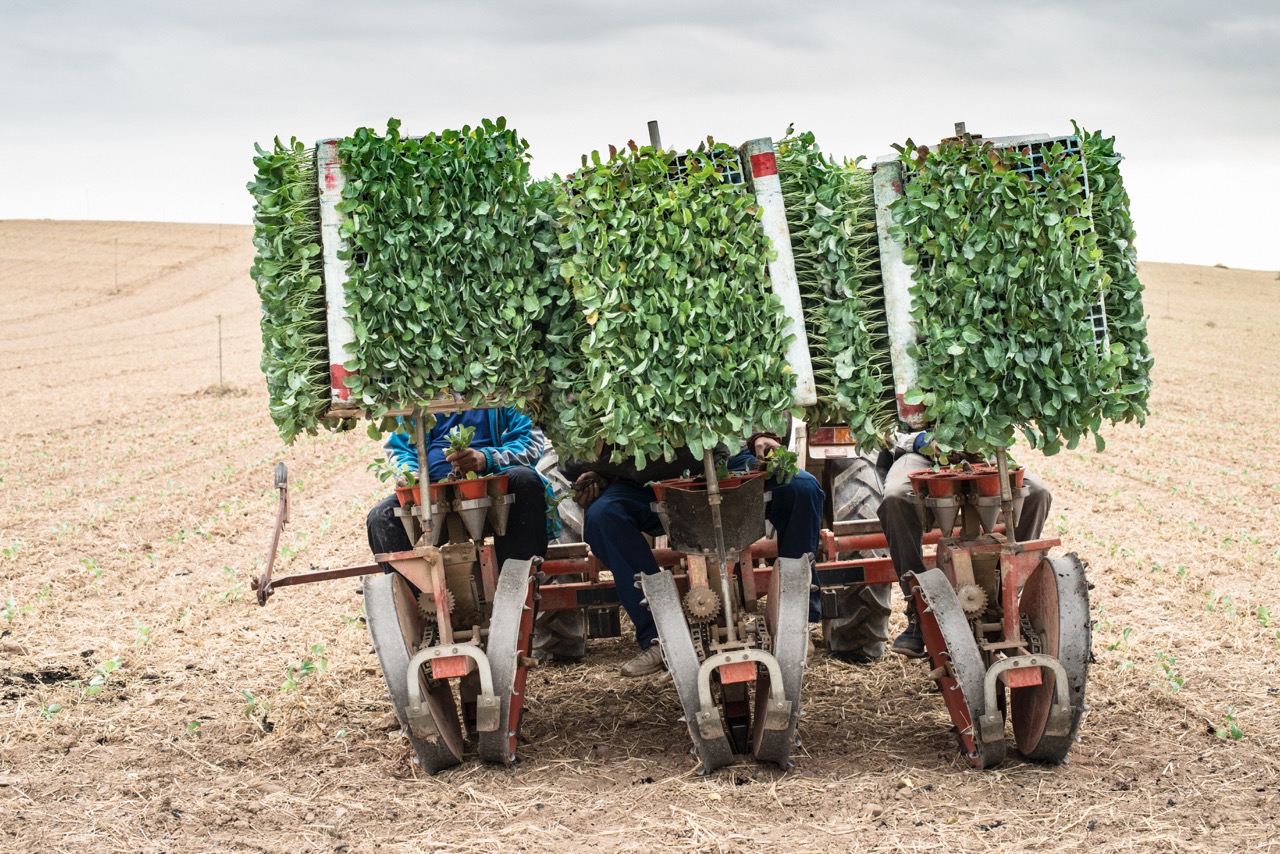In an era marked by rapid climate change and environmental degradation, the need for sustainable farming practices has never been more pressing. Biodiversity on farms not only promotes ecological balance but also enhances resilience against pests, diseases, and extreme weather conditions. By adopting a more diverse agricultural approach, farmers can create systems that are not only productive but also environmentally sustainable. This article explores the importance of biodiversity in farming and provides practical strategies for enhancing farm resilience and diversity.
Understanding Biodiversity’s Role in Sustainable Farming
Biodiversity encompasses the variety of life forms within a given ecosystem, including crops, livestock, microorganisms, and the habitats they occupy. In the context of farming, biodiversity plays a crucial role in maintaining soil health, improving water retention, and preventing erosion. Diverse ecosystems are often more productive and provide essential services, such as pollination and nutrient cycling, that are fundamental to sustainable agriculture. Understanding these relationships is vital for farmers aiming to build resilient systems that can withstand environmental stressors.
Furthermore, biodiversity serves as a natural pest management tool. A diverse array of plants and animals can help maintain the balance of pests and predators, reducing the need for chemical pesticides. This ecological balance not only protects crops but also supports the overall health of the farm ecosystem. Promoting biodiversity within agricultural landscapes can create a self-regulating system, minimizing inputs and promoting sustainability.
Lastly, incorporating biodiversity into farming practices can improve food security. A varied diet supported by diverse crops can better meet nutritional needs while also offering resilience against market fluctuations. In times of climate change-induced crop failures, a diverse array of species can provide fallback options for food production, ensuring that communities remain nourished and economically stable. Thus, fostering biodiversity isn’t merely an ecological choice—it’s an essential strategy for sustainable food systems.
Key Strategies to Enhance Farm Resilience and Diversity
Building a biodiverse and resilient farm requires the implementation of several key strategies. First, integrating various crops and livestock species can establish a balanced ecosystem that enhances productivity. This can include practices such as agroforestry, which combines trees with crops and livestock to create a multi-layered environment that optimizes land use and promotes ecological interactions. The presence of trees can improve soil quality, provide shade, and support pollinators, enhancing overall farm health.
Second, conservation practices are critical in promoting biodiversity. This may involve creating buffer zones, preserving native vegetation, and implementing cover cropping. Buffer zones, such as hedgerows, can protect against soil erosion and serve as habitats for beneficial wildlife, while cover crops improve soil structure and fertility. These practices not only contribute to biodiversity but also increase the farm’s resilience to climatic extremes by improving water retention and reducing runoff.
Lastly, education and community engagement play a vital role in promoting biodiversity on farms. Farmers can benefit from sharing knowledge and experiences with one another, creating networks to explore innovative practices. Workshops and training sessions can also equip farmers with the tools and information needed to make informed decisions about biodiversity-enhancing strategies. Encouraging collaboration among local agricultural stakeholders fosters a culture of sustainability, further enhancing the resilience of the farming community.
Implementing Crop Rotation and Companion Planting
Crop rotation is a time-tested agricultural practice that involves alternating the types of crops grown in a specific area across seasons. This method is instrumental in promoting soil health, minimizing pest and disease pressure, and enhancing nutrient cycling. By varying the crops, farmers can break pest life cycles and reduce the buildup of soil-borne pathogens. This practice not only improves yield but also reduces the dependency on chemical fertilizers and pesticides, fostering a healthier ecosystem.
Companion planting, which involves growing different crops in proximity for mutual benefits, complements crop rotation by maximizing biodiversity on the farm. Certain plants can repel pests, attract beneficial insects, or enhance nutrient availability for neighboring crops. For instance, planting marigolds can deter nematodes, while legumes can fix nitrogen in the soil, benefiting subsequent crops. By thoughtfully planning crop arrangements, farmers can create a more resilient system that capitalizes on the natural synergies between plant species.
Moreover, both crop rotation and companion planting contribute to a more balanced nutrient profile in the soil. Different crops have unique nutrient requirements and root structures, which can lead to better utilization of soil resources. Integrating these practices not only reduces the need for synthetic fertilizers but also promotes a healthy microbial community in the soil. As a result, farmers can cultivate a more productive and sustainable agricultural operation that is well-equipped to adapt to changing environmental conditions.
Monitoring Ecosystem Health for Long-Term Success
Effective monitoring of ecosystem health is essential for maintaining a biodiverse and resilient farm. Regular assessments can help farmers understand the dynamics of their agricultural systems, identify potential issues, and make informed decisions. Tools such as soil testing, biodiversity audits, and pest monitoring can provide valuable insights into the health of the ecosystem and inform management strategies. By tracking changes over time, farmers can evaluate the effectiveness of their biodiversity-enhancing practices and make necessary adjustments.
Additionally, engaging in adaptive management practices allows farmers to respond to environmental changes proactively. Implementing feedback mechanisms can empower farmers to experiment with different biodiversity strategies while assessing their impacts on the ecosystem. This iterative approach encourages innovation and resilience, enabling farmers to refine their practices based on real-time observations and data.
Finally, fostering a culture of continuous learning and collaboration within the agricultural community is vital for long-term success. By sharing findings and experiences, farmers can collectively enhance their understanding of biodiversity’s role in farming systems. Local organizations, universities, and agricultural extension services can support knowledge-sharing initiatives, ensuring that farmers have access to the latest research and practices. Building a resilient farm ecosystem is not a one-time effort but an ongoing commitment to improvement and adaptation.
Creating a biodiverse and resilient farm is a multifaceted endeavor that requires a commitment to sustainable practices and a deep understanding of ecological principles. By embracing biodiversity through crop rotation, companion planting, and strategic conservation efforts, farmers can enhance the productivity and sustainability of their operations. Regular monitoring and adaptive management further ensure that these practices lead to long-term success. As the global agricultural landscape faces increasing challenges, fostering biodiversity on farms not only benefits farmers but also contributes to the health of our planet and future food security.










